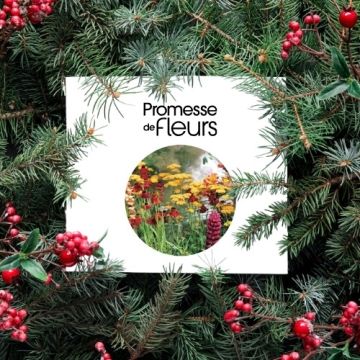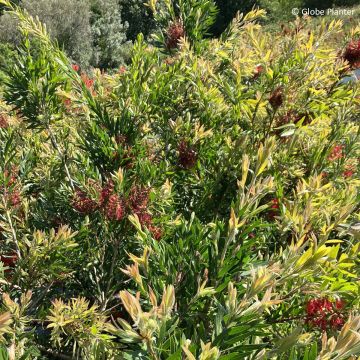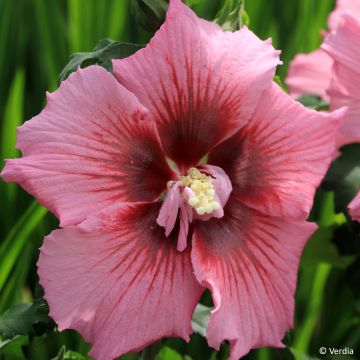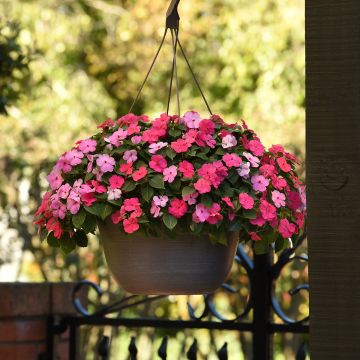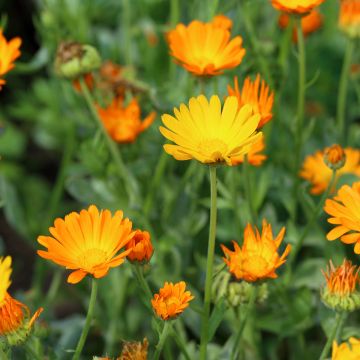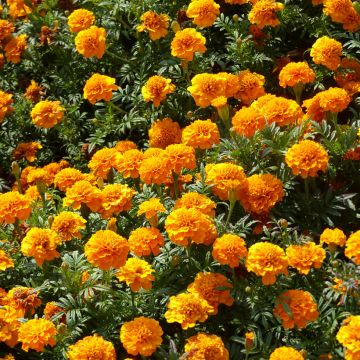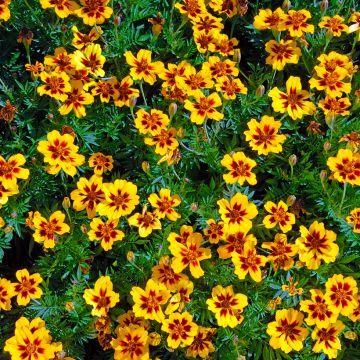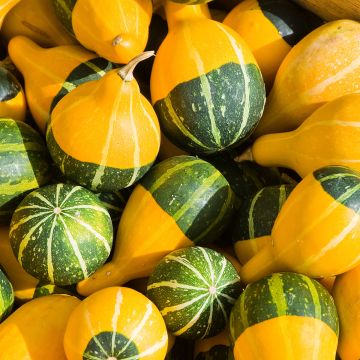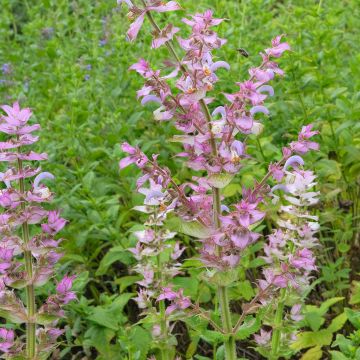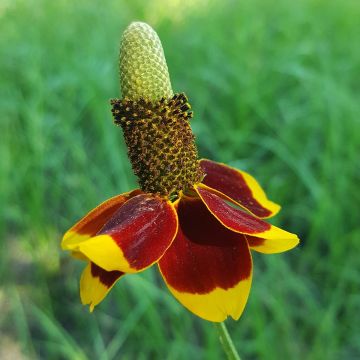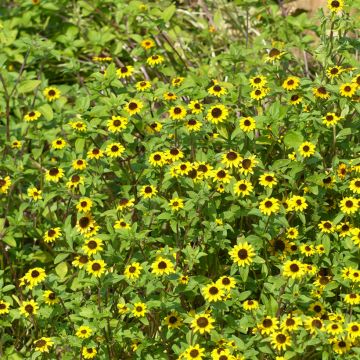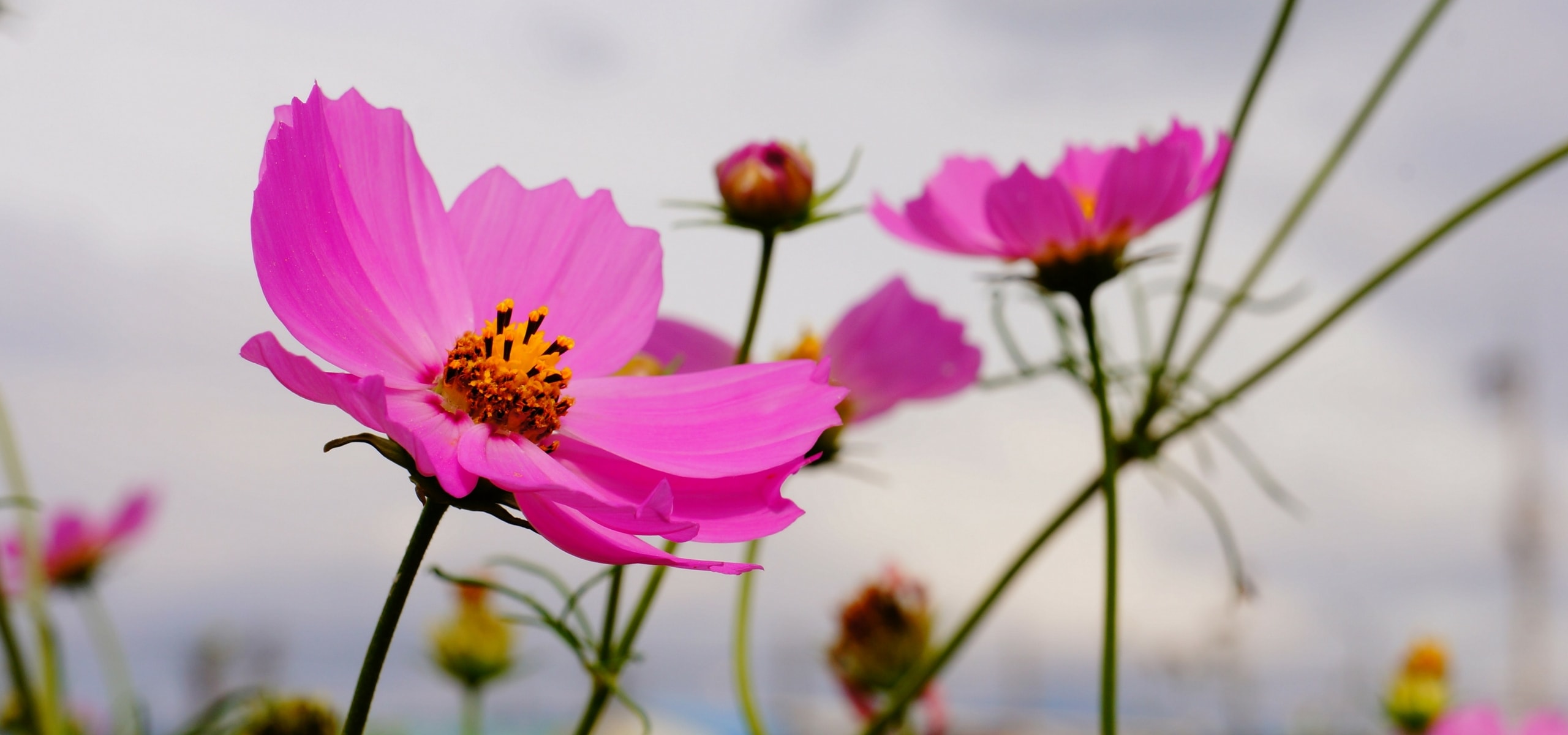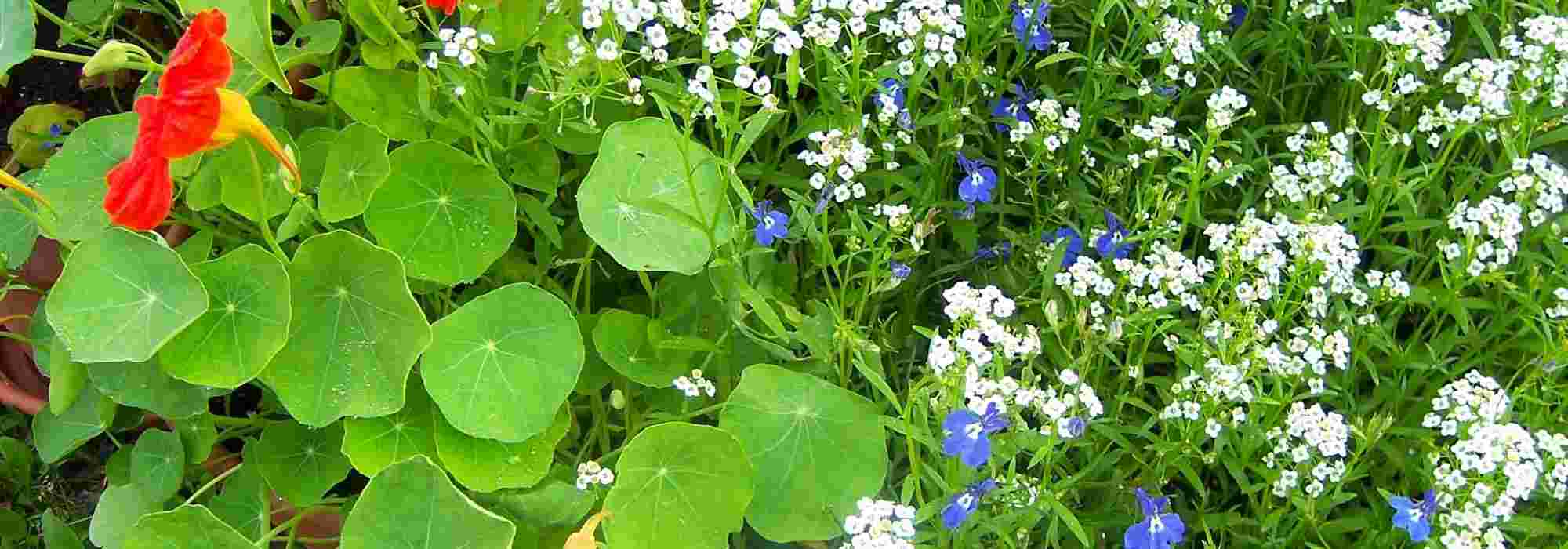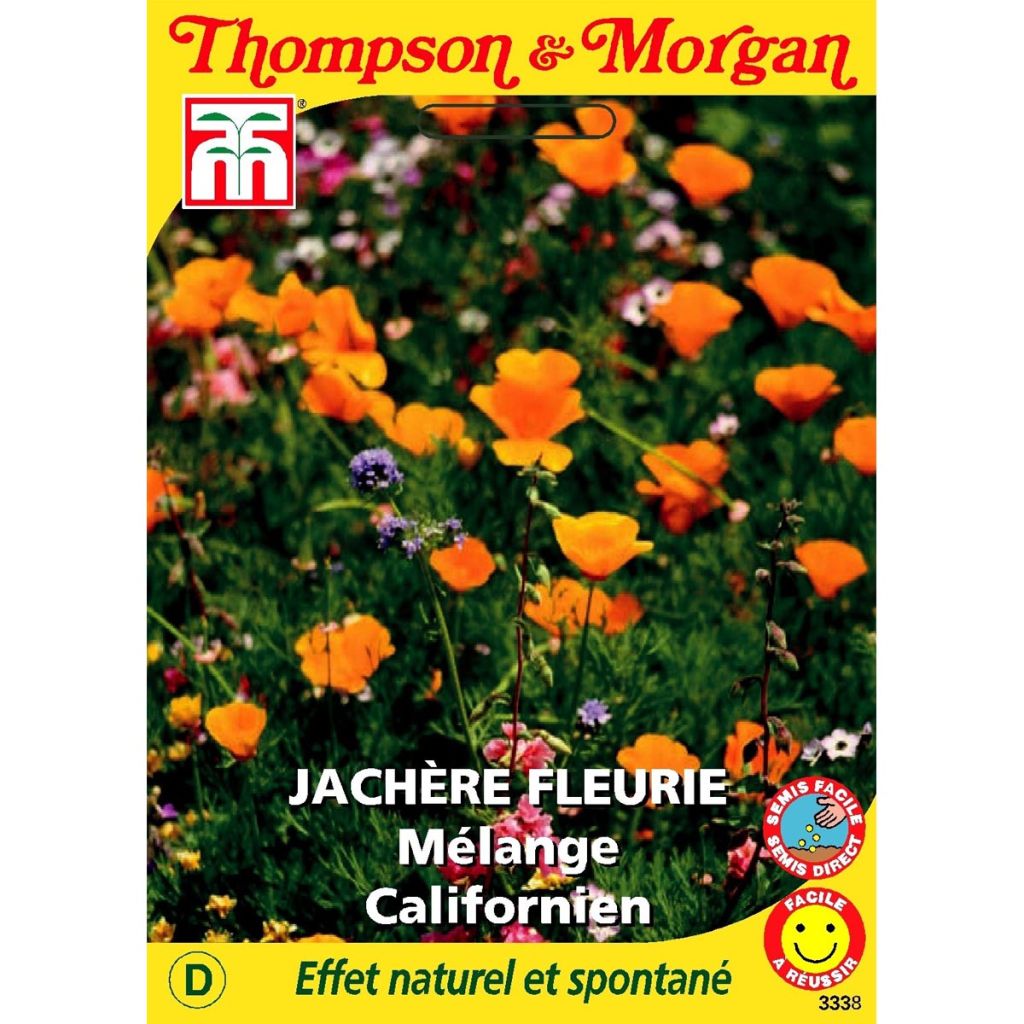

Graines de Fleurs sauvages - Mélange Californien
Wildflower Seeds - Californian Mix
Beautiful colors, I needed to add more. Over time, they disappeared. They light up the garden.
Annie M., 27/03/2018
Special offer!
Receive a €20 voucher for any order over €90 (excluding delivery costs, credit notes, and plastic-free options)!
1- Add your favorite plants to your cart.
2- Once you have reached €90, confirm your order (you can even choose the delivery date!).
3- As soon as your order is shipped, you will receive an email containing your voucher code, valid for 3 months (90 days).
Your voucher is unique and can only be used once, for any order with a minimum value of €20, excluding delivery costs.
Can be combined with other current offers, non-divisible and non-refundable.
Why not try an alternative variety in stock?
View all →This plant carries a 6 months recovery warranty
More information
We guarantee the quality of our plants for a full growing cycle, and will replace at our expense any plant that fails to recover under normal climatic and planting conditions.
Does this plant fit my garden?
Set up your Plantfit profile →
Description
This Californian Mix brings together wild annual plants native to California. It quickly creates a vibrant summer setting with a very natural look. The species that make up this mix are flowering plants that are drought-resistant, requiring full sun and well-drained soil to thrive. An ideal selection for giving a holiday feel to your garden, in flowerbeds, borders, and rockeries. Sow directly in place, in well-drained soil, not too rich, even dry and poor.
The Californian Mix consists of: Oenothera missourensis, Layia platyglossa, Gillia capitata, Nemophila insignis, Eschscholzia, Clarkia elegans, Phacelia campanularia. All these plants, annuals or perennials, show rapid growth and easily naturalise through self-seeding in ordinary, well-drained soil.
To provide some details:
Oenothera missouriensis is a creeping perennial with lemon yellow funnel-shaped flowers.
Layia platyglossa is an annual Asteraceae that offers bright yellow daisies with white edges, very useful for beneficial insects in the garden.
Gillia capitata offers blue pompom-like flowers from April to October and readily self-seeds in the garden.
Nemophila insignis is a creeping annual with white and pale blue cup-shaped flowers, blooming from spring to frost. It prefers moist soil.
Eschscholzia, the California Poppy, an annual or perennial with dazzling orange-yellow flowers.
Clarkia elegans, a very floriferous annual with airy pink-fuchsia flowers.
Phacelia campanularia, native to arid areas, produces loose clusters of blue flowers before the summer heat.
Ideal in sunny regions or in dry summers, this mix covers approximately 2 square metres of land with a flower meadow from spring to autumn. To guide your choice, ensure that the climate and soil are suitable for the plants that make up this mix. Take inspiration from wild plants that naturally grow around your garden or easily self-seed there. The idea of a flower meadow is to let the plants self-seed and colonise the dedicated space.
Report an error about the product description
Flowering
Foliage
Plant habit
Other Thompson and Morgan seeds
View all →Planting and care
Sow the Californian Mix directly in place, from March to early June, in warm soil that is well-worked and raked.
Sow finely on the surface of the soil and lightly rake to cover the seeds. Alternatively, sow at a depth of 1.5 mm in furrows spaced 30cm (12in) apart. Germination usually takes 14 to 21 days.
When the young plants appear, water well and carefully remove weeds. Thin out carefully and transplant surplus plants a little further away. Regularly remove faded flowers to encourage further flowering.
Sowing period
Intended location
Planting & care advice
-
, onOrder confirmed
Reply from on Promesse de fleurs
Haven't found what you were looking for?
Hardiness is the lowest winter temperature a plant can endure without suffering serious damage or even dying. However, hardiness is affected by location (a sheltered area, such as a patio), protection (winter cover) and soil type (hardiness is improved by well-drained soil).

Photo Sharing Terms & Conditions
In order to encourage gardeners to interact and share their experiences, Promesse de fleurs offers various media enabling content to be uploaded onto its Site - in particular via the ‘Photo sharing’ module.
The User agrees to refrain from:
- Posting any content that is illegal, prejudicial, insulting, racist, inciteful to hatred, revisionist, contrary to public decency, that infringes on privacy or on the privacy rights of third parties, in particular the publicity rights of persons and goods, intellectual property rights, or the right to privacy.
- Submitting content on behalf of a third party;
- Impersonate the identity of a third party and/or publish any personal information about a third party;
In general, the User undertakes to refrain from any unethical behaviour.
All Content (in particular text, comments, files, images, photos, videos, creative works, etc.), which may be subject to property or intellectual property rights, image or other private rights, shall remain the property of the User, subject to the limited rights granted by the terms of the licence granted by Promesse de fleurs as stated below. Users are at liberty to publish or not to publish such Content on the Site, notably via the ‘Photo Sharing’ facility, and accept that this Content shall be made public and freely accessible, notably on the Internet.
Users further acknowledge, undertake to have ,and guarantee that they hold all necessary rights and permissions to publish such material on the Site, in particular with regard to the legislation in force pertaining to any privacy, property, intellectual property, image, or contractual rights, or rights of any other nature. By publishing such Content on the Site, Users acknowledge accepting full liability as publishers of the Content within the meaning of the law, and grant Promesse de fleurs, free of charge, an inclusive, worldwide licence for the said Content for the entire duration of its publication, including all reproduction, representation, up/downloading, displaying, performing, transmission, and storage rights.
Users also grant permission for their name to be linked to the Content and accept that this link may not always be made available.
By engaging in posting material, Users consent to their Content becoming automatically accessible on the Internet, in particular on other sites and/or blogs and/or web pages of the Promesse de fleurs site, including in particular social pages and the Promesse de fleurs catalogue.
Users may secure the removal of entrusted content free of charge by issuing a simple request via our contact form.
The flowering period indicated on our website applies to countries and regions located in USDA zone 8 (France, the United Kingdom, Ireland, the Netherlands, etc.)
It will vary according to where you live:
- In zones 9 to 10 (Italy, Spain, Greece, etc.), flowering will occur about 2 to 4 weeks earlier.
- In zones 6 to 7 (Germany, Poland, Slovenia, and lower mountainous regions), flowering will be delayed by 2 to 3 weeks.
- In zone 5 (Central Europe, Scandinavia), blooming will be delayed by 3 to 5 weeks.
In temperate climates, pruning of spring-flowering shrubs (forsythia, spireas, etc.) should be done just after flowering.
Pruning of summer-flowering shrubs (Indian Lilac, Perovskia, etc.) can be done in winter or spring.
In cold regions as well as with frost-sensitive plants, avoid pruning too early when severe frosts may still occur.
The planting period indicated on our website applies to countries and regions located in USDA zone 8 (France, United Kingdom, Ireland, Netherlands).
It will vary according to where you live:
- In Mediterranean zones (Marseille, Madrid, Milan, etc.), autumn and winter are the best planting periods.
- In continental zones (Strasbourg, Munich, Vienna, etc.), delay planting by 2 to 3 weeks in spring and bring it forward by 2 to 4 weeks in autumn.
- In mountainous regions (the Alps, Pyrenees, Carpathians, etc.), it is best to plant in late spring (May-June) or late summer (August-September).
The harvesting period indicated on our website applies to countries and regions in USDA zone 8 (France, England, Ireland, the Netherlands).
In colder areas (Scandinavia, Poland, Austria...) fruit and vegetable harvests are likely to be delayed by 3-4 weeks.
In warmer areas (Italy, Spain, Greece, etc.), harvesting will probably take place earlier, depending on weather conditions.
The sowing periods indicated on our website apply to countries and regions within USDA Zone 8 (France, UK, Ireland, Netherlands).
In colder areas (Scandinavia, Poland, Austria...), delay any outdoor sowing by 3-4 weeks, or sow under glass.
In warmer climes (Italy, Spain, Greece, etc.), bring outdoor sowing forward by a few weeks.
































